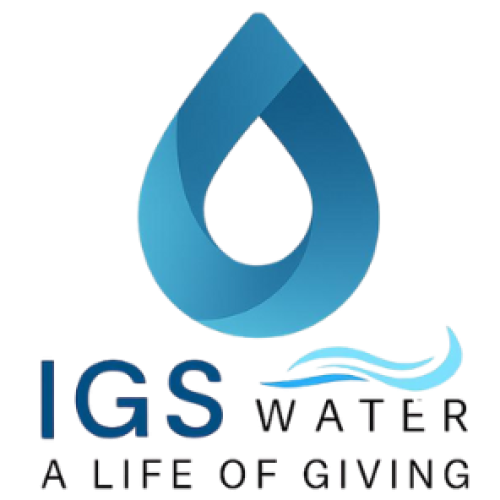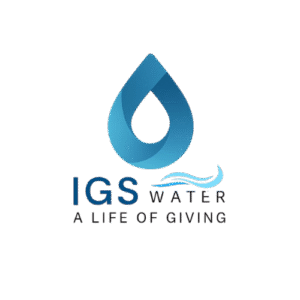Agriculture faces a constant challenge — meeting the demands of growing populations while protecting natural resources. Water, the lifeblood of farming, is becoming scarcer and more expensive. Farmers need smarter solutions that increase crop yields while reducing waste, chemical dependency, and environmental impact.
One groundbreaking innovation that is transforming the agricultural sector is nanobubble technology. By changing the way oxygen interacts with water, nanobubbles are helping farms become more efficient, productive, and sustainable.
What Are Nanobubbles?
Nanobubbles are extremely small gas bubbles, less than 200 nanometers in size, suspended in water. Unlike regular bubbles that float to the surface and pop almost instantly, nanobubbles remain stable for extended periods — allowing them to deliver oxygen deep into water and soil.
In agriculture, oxygen is more than just a necessity for plant roots — it plays a critical role in soil health, nutrient absorption, and the breakdown of organic matter. By increasing dissolved oxygen levels in irrigation water, nanobubbles create a healthier growing environment for crops.
How Nanobubbles Benefit Agriculture
1. Enhanced Root Development
Roots need oxygen to grow strong and deep. Nanobubbles ensure oxygen-rich water penetrates the soil, stimulating root growth and improving nutrient uptake. The result is healthier plants that can better withstand drought, pests, and disease.
2. Improved Soil Health
Nanobubbles help promote beneficial microbial activity in the soil. These microorganisms break down organic matter, recycle nutrients, and suppress harmful pathogens — leading to more fertile soil over time.
3. Increased Crop Yields
By improving plant health and soil conditions, nanobubbles contribute to higher crop productivity. Farmers can achieve greater yields without increasing fertilizer or pesticide use, making the process more cost-effective and eco-friendly.
4. Reduced Algae Growth in Irrigation Systems
Algae buildup in irrigation lines and reservoirs can restrict water flow and affect plant health. Nanobubbles inhibit algae growth naturally, reducing the need for chemical treatments and lowering maintenance costs.
5. Sustainable Water Use
Because nanobubble-treated water is more oxygen-rich, plants absorb it more efficiently. This means less water is wasted, making it a powerful tool for regions facing water scarcity.
Real-World Applications in Agriculture
From greenhouse vegetable production to large-scale grain farming, nanobubble technology is proving its worth. In high-value crop farms, nanobubble systems are integrated into irrigation setups, delivering consistent oxygenation that results in stronger plants and higher market-quality produce.
Aquaponics and hydroponics systems also benefit greatly from nanobubbles, as the technology keeps water oxygenated without harmful chemicals, creating optimal growth conditions for both plants and aquatic life.
Why Choose IGS Water Nanobubble Systems?
At IGS Water, our nanobubble generators deliver pure oxygen nanobubbles efficiently — without clogging, without excessive energy use, and without relying on chemicals. Designed for long-term performance, our systems help farmers:
- Improve crop yield and quality
- Reduce operational costs
- Protect the environment through sustainable practices
By investing in nanobubble technology, you’re not just improving your farm’s productivity — you’re securing its future in a resource-conscious world.
Smarter farming starts with smarter water.

